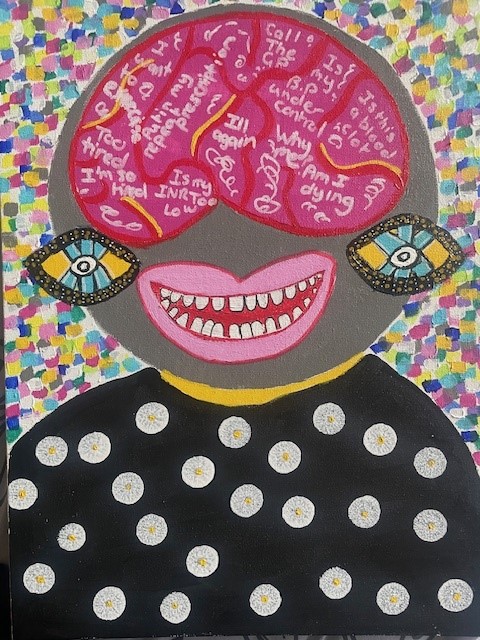The story of Tracy
Imagine waiting 17 years for a diagnosis—17 years of unexplained pain, uncertainty, and a body slowly breaking down from the inside. That was my reality.
For years, I endured relentless pain, brain fog, a burst bowel, an occluded portal vein, double popliteal artery occlusion, and an occluded kidney. Countless trips to A&E left me with no answers, only more frustration. Then, at last, I was diagnosed with antiphospholipid syndrome (APS) a disorder of the immune system that increases the risk of blood clots. I felt an overwhelming sense of relief. Finally, I had something concrete to hold onto, something real. I could stop doubting myself.
APS is classified as a rare disease, affecting an estimated 1 in 2,000 people. But living with a rare disease often feels like being trapped in a world few truly understand. When I was first diagnosed, even some doctors had never heard of it. I found myself having to explain my own condition, educating those who were supposed to help me.
By the time I was diagnosed, the damage had already been done. My body had become a battlefield, my organs the casualties. The disease had silently attacked me for years, costing me a kidney and leaving me with chronic kidney disease. The pain that had once been unbearable had simply become part of me—so ingrained in my daily life that I hardly knew what it was like to live without it.
One day, a medical lecturer invited me to write about my journey to diagnosis, and my story was published in The BMJ. For the first time, I felt a sense of purpose—like my suffering might help others find answers sooner.
I would use my voice as my weapon and my experience as my strength. I would tell my story, raise awareness of APS, and fight for quicker diagnoses. I became an Expert Patient at King’s College London, a Patient Educator at Guys Hospital, I also use my art as a tool to tell advocacy stories on social media.
